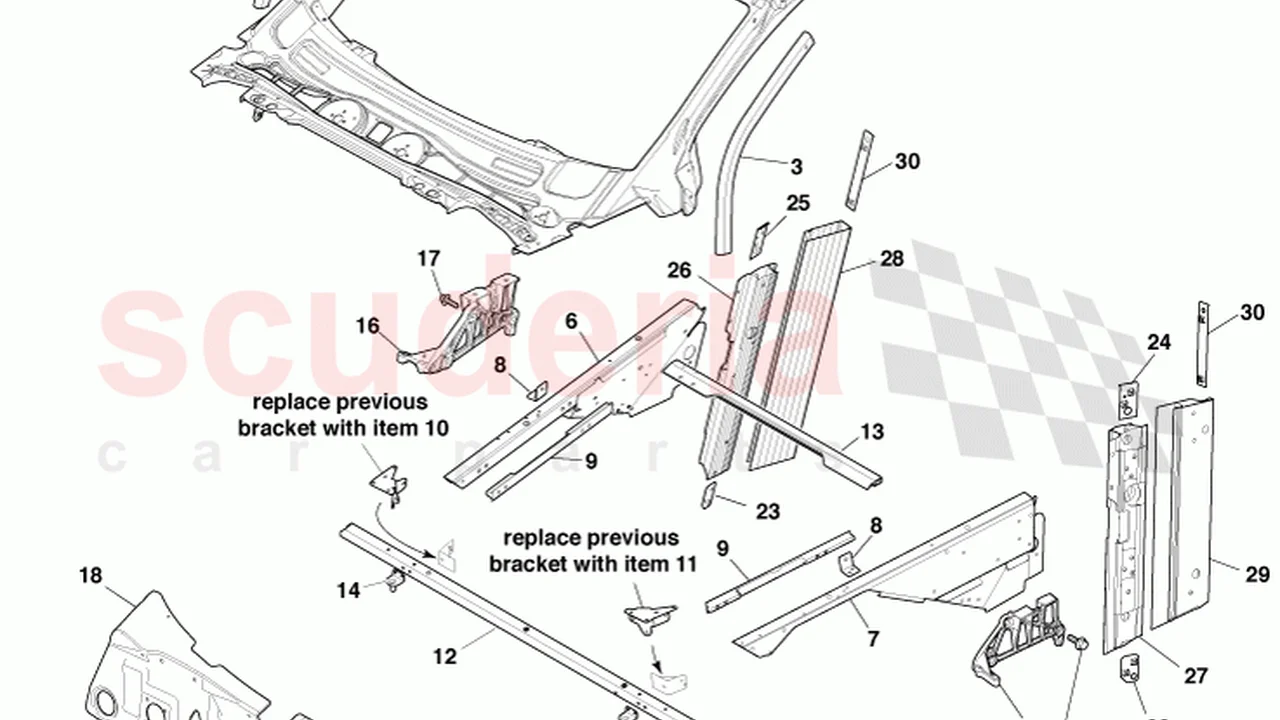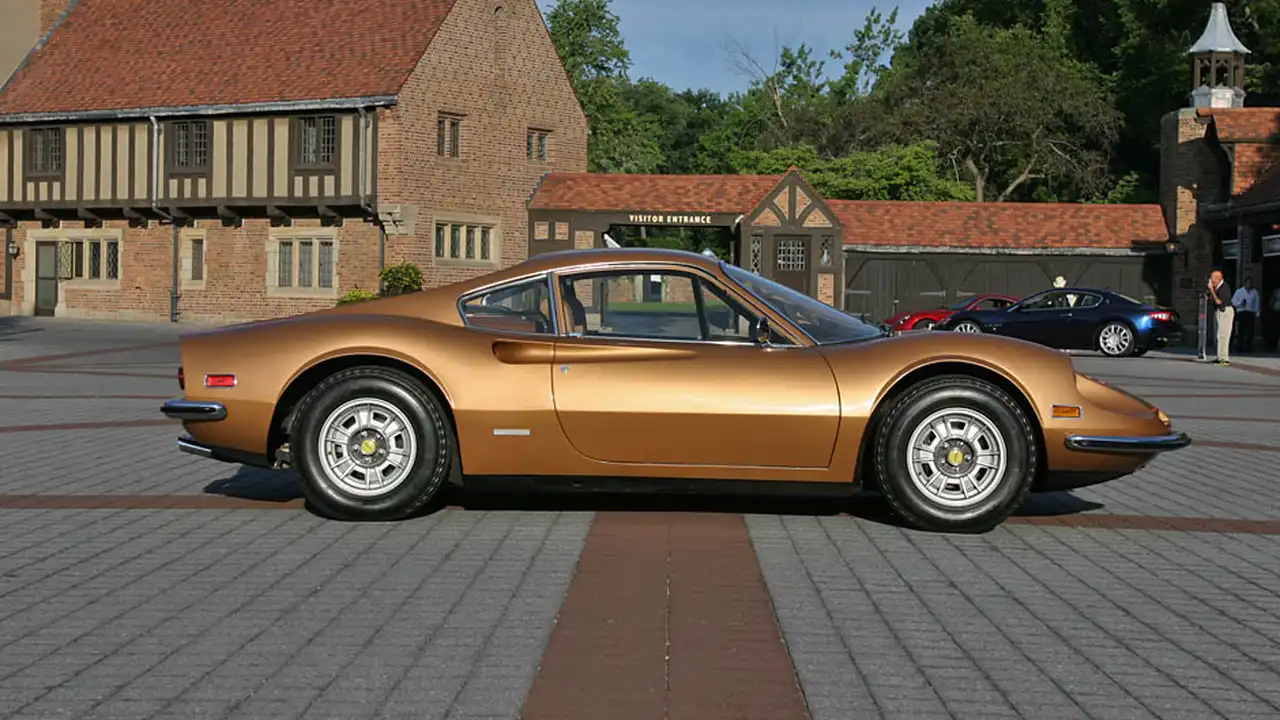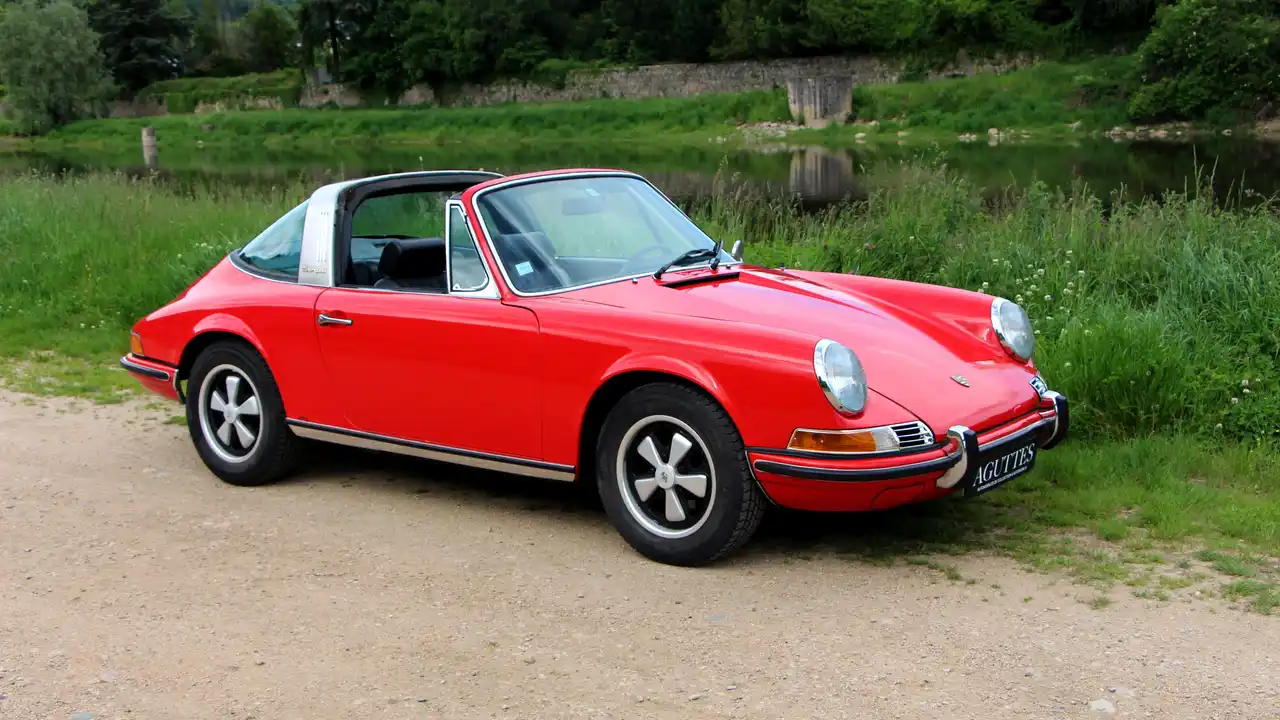Finding Parts for Your Classic Ferrari Porsche Aston Martin A Comprehensive Guide
Discover 10 essential tips for maintaining your classic Ferrari, Porsche, or Aston Martin and ensuring its longevity and performance.

Tip 1 Regular Oil Changes for Classic Car Engine Health
Okay, let's start with the basics but super important: oil changes. We're not talking about your everyday Honda Civic here. These classic beauties need special attention. Think of it like this: the engine is the heart, and the oil is the lifeblood. Sticking to a regular oil change schedule, even if you're not putting a ton of miles on your car, is critical. Old oil can get sludgy and lose its lubricating properties, which is a recipe for disaster.
Product Recommendation: Valvoline VR1 Racing Oil. This stuff is specifically formulated for classic and high-performance engines. It has added zinc and phosphorus, which are essential for protecting older engine components. You can find it at most auto parts stores or online for around $60-$80 per 5-quart jug.
Usage Scenario: Use Valvoline VR1 during your regular oil changes. Check your owner's manual (or a reputable online resource) for the correct oil weight for your specific model.
Comparison: Compared to modern synthetic oils, VR1 provides better protection for older engines due to its higher zinc content. Modern oils often have reduced zinc to protect catalytic converters, but classic cars don't have those!
Price: $60-$80 per 5-quart jug.
Tip 2: Coolant Flush and Radiator Maintenance for Classic Car Overheating Prevention
Overheating is a classic car's worst enemy. Rusty coolant, clogged radiators... it's all bad news. A regular coolant flush and radiator inspection can prevent costly repairs down the road. Make sure to use a coolant that's compatible with the materials in your car's cooling system – some older cars don't play nicely with modern coolants.
Product Recommendation: Zerex Original Green Antifreeze Coolant. This is a classic formula that's compatible with most older vehicles. It provides excellent corrosion protection for cast iron and aluminum components.
Usage Scenario: Flush your cooling system every 2-3 years, or as recommended in your owner's manual. Mix the coolant with distilled water according to the instructions on the bottle.
Comparison: Compared to modern extended-life coolants, Zerex Original Green is a better choice for many classic cars because it's less likely to react with older materials.
Price: Around $20-$30 per gallon.
Tip 3: Brake System Inspection and Maintenance for Classic Car Safety
Let's be honest: classic car brakes aren't exactly known for their stopping power. That's why it's so important to keep your brake system in top condition. Regularly inspect your brake lines, hoses, pads, and rotors. Replace any worn or damaged components immediately. And don't forget to bleed your brakes to remove any air bubbles in the system.
Product Recommendation: ATE Typ 200 Brake Fluid. This is a high-performance brake fluid with a high boiling point, which helps prevent brake fade. It's also compatible with most classic car brake systems.
Usage Scenario: Bleed your brakes every 1-2 years, or more often if you track your car. Replace your brake fluid whenever it becomes discolored or contaminated.
Comparison: Compared to DOT 3 brake fluid, ATE Typ 200 has a higher boiling point, which makes it more resistant to brake fade during hard driving.
Price: Around $20-$30 per liter.
Tip 4: Tire Care and Inflation for Classic Car Handling and Safety
Tires are your car's only contact with the road, so it's essential to keep them in good condition. Check your tire pressure regularly and inflate them to the correct pressure (you can usually find this on a sticker in the driver's side doorjamb or in your owner's manual). Also, inspect your tires for any signs of wear or damage, such as cracks, bulges, or uneven tread wear. Don't forget to check the spare!
Product Recommendation: Coker Tire Classic Tires. Coker Tire specializes in manufacturing tires for classic cars. They offer a wide range of sizes and styles to fit various makes and models.
Usage Scenario: Replace your tires when they reach the end of their lifespan, or if they show any signs of damage. Choose tires that are appropriate for your car's intended use (e.g., touring, racing).
Comparison: Compared to modern radial tires, Coker Tire classic tires offer a more authentic look and feel for classic cars.
Price: Varies depending on the size and style of tire.
Tip 5: Fuel System Maintenance for Classic Car Performance and Reliability
Old fuel can wreak havoc on a classic car's fuel system. It can clog fuel lines, carburetors, and fuel injectors. To prevent this, use a fuel stabilizer when storing your car for extended periods. Also, consider using ethanol-free gasoline, as ethanol can damage some older fuel system components.
Product Recommendation: STA-BIL Fuel Stabilizer. This product prevents fuel from degrading and forming gum and varnish during storage. It also helps protect fuel system components from corrosion.
Usage Scenario: Add STA-BIL to your fuel tank before storing your car for the winter, or any other extended period of time. Follow the instructions on the bottle for the correct dosage.
Comparison: Compared to not using a fuel stabilizer, STA-BIL significantly reduces the risk of fuel-related problems during storage.
Price: Around $10-$15 per bottle.
Tip 6: Electrical System Checks for Classic Car Reliability
Classic car electrical systems can be finicky. Check your battery terminals for corrosion and clean them as needed. Also, inspect your wiring for any signs of damage, such as frayed wires or cracked insulation. Replace any faulty wiring immediately.
Product Recommendation: Battery Terminal Cleaner Spray. This spray helps remove corrosion from battery terminals and prevent future buildup.
Usage Scenario: Spray the cleaner onto your battery terminals and scrub them with a wire brush. Then, apply a battery terminal protectant to prevent future corrosion.
Comparison: Compared to using sandpaper or other abrasive methods, battery terminal cleaner spray is a gentler and more effective way to remove corrosion.
Price: Around $5-$10 per can.
Tip 7: Lubrication of Chassis Components for Classic Car Smooth Operation
Don't forget to lubricate all the chassis components, such as the suspension joints, steering linkages, and driveshaft. This will help keep everything moving smoothly and prevent premature wear.
Product Recommendation: Lithium Grease. This is a general-purpose grease that's suitable for lubricating most chassis components.
Usage Scenario: Use a grease gun to apply grease to the grease fittings on your car's chassis components. Refer to your owner's manual for the correct lubrication points.
Comparison: Compared to not lubricating your chassis components, using lithium grease will significantly reduce wear and tear and improve the overall driving experience.
Price: Around $5-$10 per tube.
Tip 8: Interior Care and Preservation for Classic Car Value
The interior of a classic car is just as important as the exterior. Protect your upholstery from fading and cracking by using a good quality leather conditioner or vinyl protectant. Also, keep your carpets clean and free of debris.
Product Recommendation: Leatherique Rejuvenator Oil and Prestine Clean. This is a two-step system that cleans and conditions leather upholstery, restoring its suppleness and preventing cracking.
Usage Scenario: Apply the Rejuvenator Oil to your leather upholstery and let it soak in for 24 hours. Then, clean the leather with Prestine Clean.
Comparison: Compared to other leather conditioners, Leatherique provides a deeper and more thorough cleaning and conditioning.
Price: Around $50-$70 per set.
Tip 9: Proper Storage Techniques for Classic Car Longevity
If you're storing your classic car for an extended period, there are a few things you can do to protect it. First, clean the car thoroughly and apply a coat of wax. Then, cover the car with a breathable car cover. Finally, disconnect the battery and place a battery tender on it to keep it charged.
Product Recommendation: California Car Cover. These covers are made from breathable materials that allow moisture to escape, preventing rust and mildew.
Usage Scenario: Cover your car with a California Car Cover whenever you're storing it for an extended period of time.
Comparison: Compared to non-breathable car covers, California Car Covers provide better protection against rust and mildew.
Price: Varies depending on the size and style of cover.
Tip 10: Documentation and Record Keeping for Classic Car Maintenance History
Keep detailed records of all maintenance and repairs performed on your classic car. This will not only help you keep track of what needs to be done, but it will also increase the value of your car when you decide to sell it.
Product Recommendation: A simple notebook or spreadsheet. The key is to be consistent and thorough in your record-keeping.
Usage Scenario: Every time you perform maintenance or repairs on your car, record the date, mileage, and a description of the work performed.
Comparison: Compared to not keeping records, having detailed maintenance records will significantly increase the value of your car.
Price: Negligible.
:max_bytes(150000):strip_icc()/277019-baked-pork-chops-with-cream-of-mushroom-soup-DDMFS-beauty-4x3-BG-7505-5762b731cf30447d9cbbbbbf387beafa.jpg)






